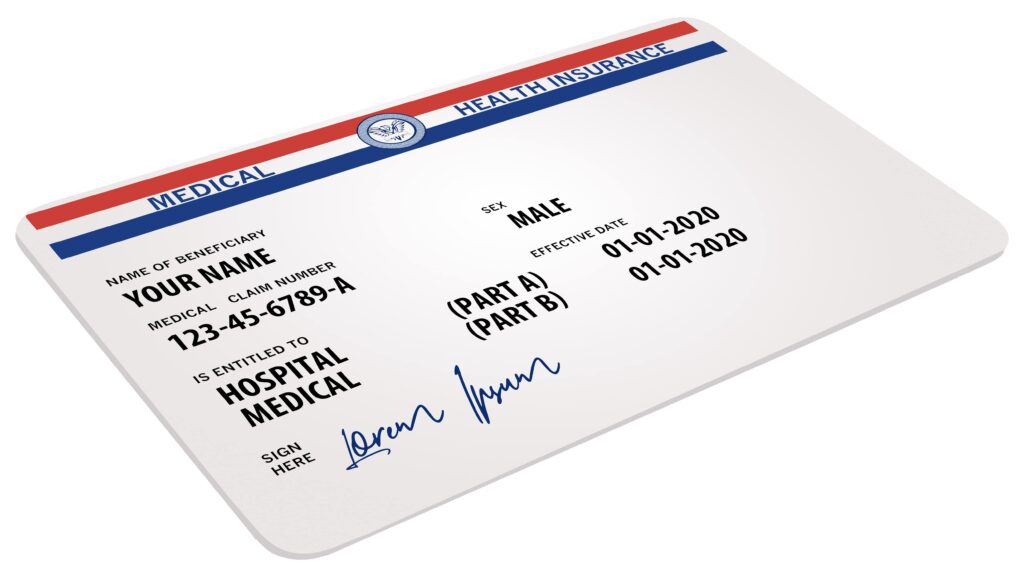Medicare Part A: A Primer

A Primer for Medicare Part A
What exactly is Medicare Part A?

How do I qualify for Medicare Part A coverage?
Qualifying for Medicare Part A coverage is relatively straightforward. Generally, you need to either be 65 years of age or older – or you may qualify if you are under 65 but are in receipt of Social Security Disability Insurance benefits, or if you have End-Stage Renal Disease and require dialysis treatment. You may also qualify for Medicare through your spouse’s work credits if you didn’t work for at least 10 years (40 quarters) and pay taxes. .
It’s important to note that no one can be denied coverage due to pre-existing conditions under Original Medicare. If you are sick, or have continuous health problems, you can still sign up for Medicare.
How much does Medicare Part A cost?
Medicare Part A is a type of health insurance that helps offset the cost of hospital visits and inpatient care. Most senior citizens do not pay any monthly premium for Part A. If you (or your spouse) worked and paid Medicare taxes for at least 10 years, you won’t have to pay a premium. This is called “premium-free Part A.” If you didn’t pay Medicare taxes for long enough, you can still get Part A, but you may have to pay a monthly premium. This is called “premium Part A.”
While this coverage comes at no monthly premium cost to those who are eligible, it does include a benefit-period deductible (which resets after 60-days of being released from a hospital stay. If a hospital stay occurs, you will be responsible for providing payment of the full deductible. There may also be coinsurance costs, which is a percentage of the cost that the beneficiary is responsible for after meeting the deductible.
Financial assistance may be available through programs such as Medicaid, known as the Arizona Health Care Cost Containment System (AHCCCS) in Arizona.
For those with Medicare Part A that do not have Medicaid and are unable to cover the amount due out of pocket, there are often other payment options available from the hospital, including payment plans.
What are the benefits of enrolling in Medicare Part A?

Furthermore, additional services such as physical or occupational therapy may also be covered under some circumstances. As such, it is important to carefully consider all the benefits of enrolling in Medicare Part A, as well as verify if one’s situation qualifies for any of these additional services.
When should seniors enroll in Medicare?
To be eligible for Medicare Part A, an individual must be a U.S. citizen or permanent resident aged 65 and older who has worked and paid Medicare taxes for at least 10 years. Younger individuals with certain disabilities or end-stage renal disease (ESRD) can also qualify for Medicare Part A.
Enrollment in Medicare can be automatic or manual. Automatic enrollment occurs when an individual turns 65 and is already receiving Social Security or Railroad Retirement Board (RRB) benefits. Manual enrollment is required for those who are not receiving these benefits and need to sign up for Medicare Part A through the Social Security Administration (SSA) or RRB during their Initial Enrollment Period (IEP). The IEP begins three months prior to one’s 65th birthday and ends three months after.
Most people should enroll in Medicare Part A, even if they have health insurance from an employer. This is because most people paid Medicare taxes while they worked and therefore do not pay a monthly premium for Part A. However, some people may consider delaying enrollment in Medicare Part A until a later date, such as people who contribute to a Health Savings Account (HSA) or those who have to pay a premium for Part A because they have not worked longer than 10 years.
Other things you need to know about Medicare Part A
Enrolling in Medicare Part A is an important step towards securing health care coverage as you get older, and your healthcare needs increase. However, it is important to keep in mind that while Part A covers vital services like hospital stays, home health care services, skilled nursing facility care and hospice care, it may not cover services deemed non-essential. These include (potentially) custodial care, long term care or personal assistants.
Also, if a Medicare beneficiary has other insurance, such as employer-sponsored health insurance or Medicaid, these plans may coordinate with Medicare Part A to cover healthcare costs.
It is important to check with a Medicare specialist, like Insurance Professionals of Arizona, to see what exactly your Medicare policy covers, and what additional coverage you may need. Your Medicare specialist can also help you with finding financial assistance or lowering costs, especially if you are a veteran or on a fixed income.
We’re here to help! Call us today.
